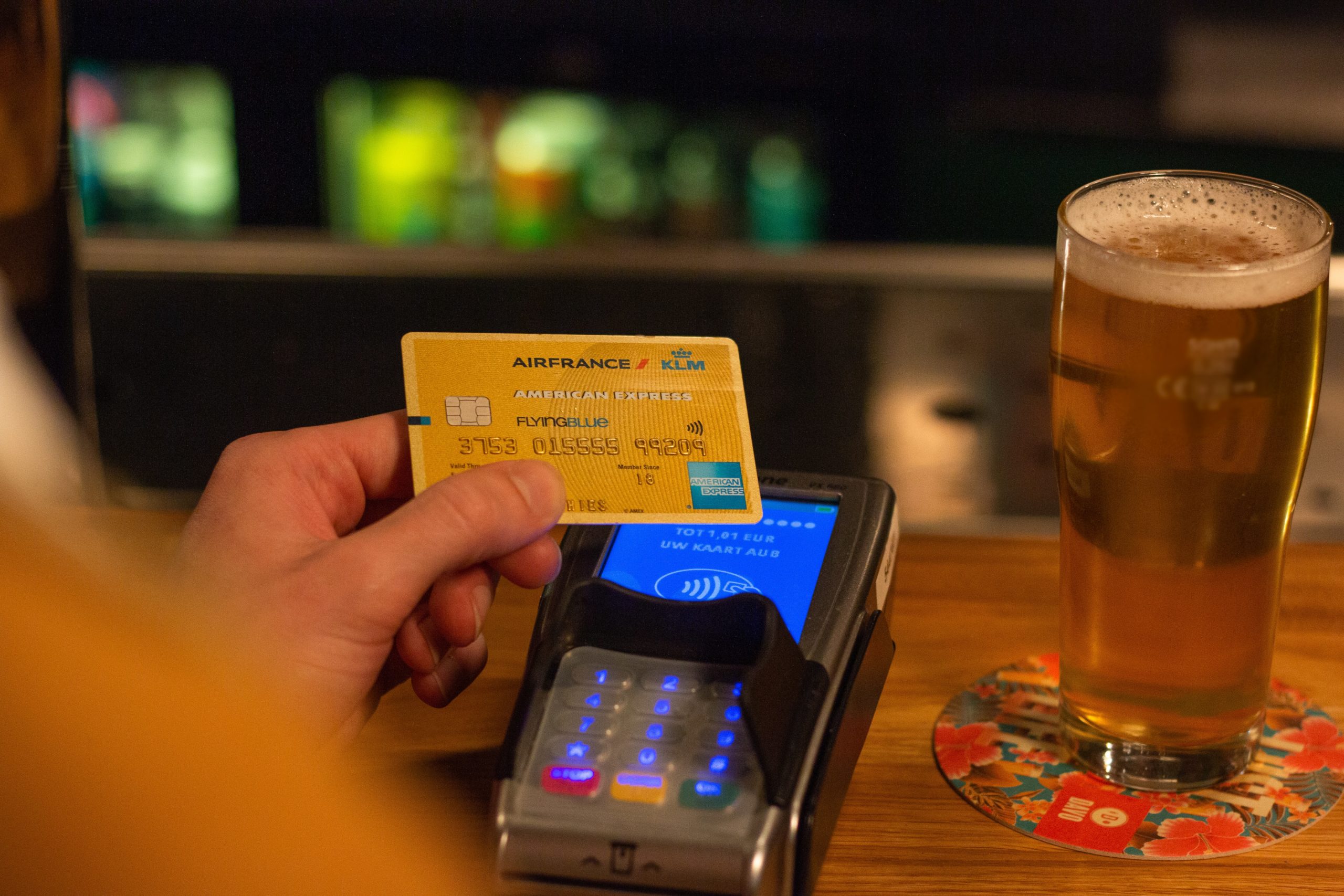If you’re using a credit card to earn rewards for business purchases, you’ll need to account for these credit card rewards properly. The IRS considers some types of credit card rewards to be taxable income. In other cases, credit card rewards are not considered taxable income, they are considered rebates that are deducted from the price of the item you purchased. It’s still important to record these rebates because reducing the purchase price of an item reduces its basis as well. So the first step in accounting for credit card rewards is classifying the type of credit card reward you received.
Rebates from Credit Card Rewards Are Not Income
According to the IRS, if you use a credit card to make purchases and you receive a rebate on those purchases, the rebate is not considered taxable income. Instead, the rebate reduces the basis of the assets you acquired. This includes rebates for purchases where the buyer paid for an asset indirectly. For example, when you use a credit card, the bank that issued the card pays the bill and then you reimburse the bank later.
So if your credit card paid you a rebate for a purchase you made at an electronics store, that rebate would reduce the basis of the asset and would not be taxable income. For example, if you bought a high-end business laptop for $3,000 at an electronics store and your credit card offered 2 percent cash back, you would receive a $60 rebate. The computer is a fixed asset, so you would record the transaction as a $3,000 debit to fixed assets and a $3,000 credit to accounts payable.
It’s more complicated to record a transaction like this when you’ve also received a credit card rebate. One way to record the transaction would be to subtract the $60 rebate from the purchase price of the laptop computer. After subtracting the $60 rebate from the $3,000 purchase price, you would debit fixed assets for $2,940 and credit accounts payable for $2,940.
You might also have purchased supplies such as printer ink and paper that aren’t valuable enough to record as fixed assets. In that case, the rebate would reduce your expenses. So if you spent $200 on supplies and got $4 back, you would debit supply expense for $196 and credit accounts payable for $196.
Accounting for Credit Card Sign-Up Bonuses
Banks often offer sign-up bonuses for credit cards, especially business credit cards. For example, a bank may offer a bonus of $300 if you spend $1,500 on the credit card during the first three months. It’s normal for credit card issuers to require a certain amount of spending before they pay out the sign-up bonus or welcome bonus. If the bonus is tied to spending like this, you would record the transaction like the receipt of any other rebate. Depending on what you bought, you would record $1,200 in either fixed assets or expenses and credit cash for $1,200.
Some banks offer sign-up bonuses that don’t require you to make a purchase, although this situation is less common. In that case, there would be no way to link the bonus to either an asset or an expense, so the bonus would be considered taxable income.
Applying Credit Card Rewards to Charitable Donations
A bank may offer to donate your credit card rebate to a charity instead of sending it to your account. In this case, the donation to the charity is treated the same way as any other charitable donation made by your business, so it may reduce your taxable income. But if you donate the rebate to charity, that doesn’t reduce the basis of the assets you bought.
For example, if the bank paid a $60 rebate to charity when you bought a $3,000 laptop, you would debit fixed assets for $3,000, the full retail price of the laptop, and credit accounts payable for $3,000. Then, you would report a charitable donation of $60. The balance of your accounts payable account would be $60 higher if you did this, so your company would incur an additional cost to make the donation.
Automating Reward Reporting
These types of transactions demonstrate why spend management software is useful. Accounting apps can analyze your bank account statements and classify transactions such as the receipt of credit card rewards properly. Spend management software also has integrations with accounting apps like Xero and Quickbooks, so it can send the transaction records to these apps and they can add the appropriate ledger entries automatically.
